Mahjong mania: 'It's catching on a lot'
Published in Lifestyles
MINNEAPOLIS -- The Minnesota Vikings had just kicked off when a dozen people ordered beers and commandeered a few tables at a local brewery on a recent Sunday. While football played on the screens above them, over the next three hours, they cheered and laughed and even swore a bit.
And they didn’t look at the game once. They were focused on their mahjong tiles.
“I’m totally geeked out about it,” said Cheryl Harrison, before winning her game.
Developed almost 200 years ago in China, mahjong has long been a staple in both Chinese and Jewish households. But it has captivated new audiences in the past two years. Eventbrite listings for mahjong games nearly tripled between 2023 and 2024, according to the platform’s sample of nine major American metros. Several new mahjong clubs have popped up in the Twin Cities this year. And already established groups say they’ve begun to run out of room.
“It’s catching on a lot,” said Tara Duginske, who helps run the Saint City Mahjong Club and organized that Sunday event. “It was not considered something that millennials, or young Gen X or anybody else would be playing.”
Harrison laughs as she credits “Crazy Rich Asians” for her new obsession. In the climax of the 2018 blockbuster film, the protagonist confronts her boyfriend’s disapproving mother over a game of mahjong.
This summer, Harrison went all in on the game, playing multiple times a week and even dedicated a room in her house as a mahjong parlor.
“They call it a grandma hobby,” Harrison, 59, said. “It’s not like that anymore.”
Not mahjong’s first moment
The 1993 film “The Joy Luck Club” launched a miniature revival of the game in the 1990s, said Annelise Heinz, an historian who’s written a book on mahjong’s spread out of China. But Heinz said mahjong hasn’t had the current widespread interest since the 1920s, when, amid a U.S. ban on Chinese immigrants, American businessmen returned from China with mahjong sets.
The game — where players draw tiles and race to arrange them into combinations based on their suits, similar to the card game rummy — was a hit with many Jewish women in New York. Some formed an organization in the 1930s, standardized the winning hands and sold them on paper cards, in what’s now known as “American mahjong.”
But mahjong largely faded back from the American mainstream in the late 20th century, Heinz said, at least outside of Chinese homes during Lunar New Year celebrations and Jewish communities.
“In the 1960s, if you are not Chinese, and you are playing mahjong, you were either an Air Force officer’s wife or you were a Jewish mother,” Heinz said. “That segregation is how different styles of play kind of evolve within specific cultures.”
In the past decade, however, a larger fascination with East Asian entertainment exposed a new crop of players to the game.
People like Harrison saw the pivotal scene in “Crazy Rich Asians” and went off to find a local game. Or they played “Yakuza,” a popular Japanese video game series about Japan’s mafia-like criminal organizations that lets players slip into a mini-game of mahjong.
Anime and ‘that nerdy overlap’
That video game series — alongside Japanese animated films and comic books, respectively called anime and manga — has lured a noticeably younger following to the Japanese variant known as Riichi mahjong. There are dozens of mahjong varieties — like Riichi, American or Chinese — and each has distinct rules.
Students in the University of Minnesota’s new mahjong club play Riichi. And North Star Riichi Mahjong, a new group in the southern suburbs, attracts mostly 20-to-30-year-olds, said founder Calvin Chang.
Every Sunday in a Mall of America food court, Chang and his co-founder, Som Phomma-Angulo, assemble games of Riichi. The tables there are large and square, perfect for mahjong. Chang said new members who discovered mahjong through Japanese entertainment sometimes sheepishly ask other players if they’re anime fans as well.
“That anime overlap and that nerdy overlap is perfect,” Phomma-Angulo, 35, said.
For North Star’s young adult players, mahjong gives them a chance to graduate from other games that dominated their childhoods, like Pokémon or “Magic: The Gathering.”
A teenage Chang got his first real deck of Pokémon cards from Phomma-Angulo after meeting in a now-defunct games store in 2010.
But keeping an interest in Magic or Pokémon often means buying new cards to freshen up games, Phomma-Angulo said. As an adult, those costs start to hurt a bit more.
When Chang, 33, visited the Twin Cities in February, he taught Phomma-Angulo the Japanese-style mahjong. In July, when he moved back from New Jersey, they started their public club together.
“Our friendship is like recycled, because now he’s taught me this game,” said Phomma-Angulo. With new people and random draws, mahjong keeps itself exciting — and cheap, Phomma-Angulo said.
American mahjong, which skews older and whiter, has pulled many of its new participants from another game: bridge.
Maureen Sanger, 78, who now plays American mahjong at the Shoreview Community Center, had begun to sense that bridge was struggling to attract new, younger players. It was; the largest national bridge organization failed to retain more than half of its recruits in 2024, after keeping 60% a decade ago.
In January, Sanger made the jump to mahjong.
‘Split opinion’ in Chinese community
As Riichi and American mahjong clubs fill out the growing scene in the Twin Cities, Chinese varieties are conspicuously absent.
The Chinese Heritage Foundation in Minneapolis organizes some mahjong nights. But they’re sporadic, said Pearl Lam Bergad, the foundation’s executive director.
It’s easy to find mahjong in the living rooms of Chinese families, Bergad said, and even more so during celebrations like Lunar New Year. But the game still remains taboo in some circles because of its association with gambling in China. Many of the older Chinese players, Bergad said, aren’t eager to admit their games are still going on, even if they’re not wagering.
“In the Chinese community, there’s always been a split opinion about mahjong,” Bergad said. “This is something that’s really not totally accepted. … It’s also always a favorite Chinese family game that we play at home with ourselves.”
But as new players begin playing, especially American mahjong, some bring their own aesthetic preferences to the game, seeking tiles with brighter colors and less traditional Chinese iconography on them. In 2021, a Texas-based startup founded by three white women was criticized for cultural erasure, after it said it decided mahjong needed a “refresh” and changed the traditional designs of tiles.
“I think where people started to run into trouble was pretending like their stuff was cuter or their stuff was easier to understand,” said Claire Joseph, who runs Saint City Mahjong Club along with Duginske. “And in my world, I think we’ll try our best to be as kind and as inclusive as we can.”
Still, younger players of Chinese descent are making their way to mahjong, too. Bergad said her grandkids play online, through phone apps like Mahjong Soul. The president of the U’s club, Adán Villanueva, is Puerto Rican, but his club at the U has a strong contingent of students of Chinese heritage who are learning the Japanese version.
Chang’s family played a Taiwanese version during Lunar New Year, but he found a CD-ROM with a mahjong simulator and played that way.
“There’s a fair amount of people who have Asian roots that maybe played with family,” Chang said. “Or were curious because grandma or grandpa used to play.”
©2025 The Minnesota Star Tribune. Visit at startribune.com. Distributed by Tribune Content Agency, LLC.
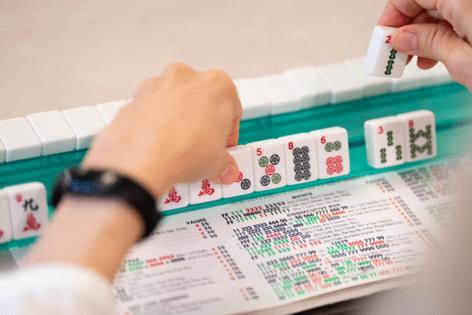
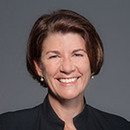
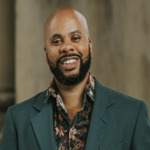
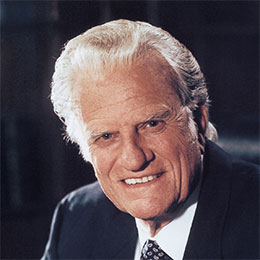


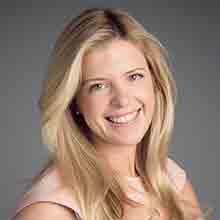

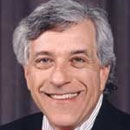

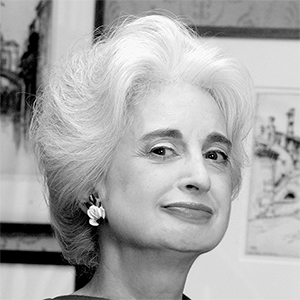



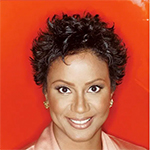





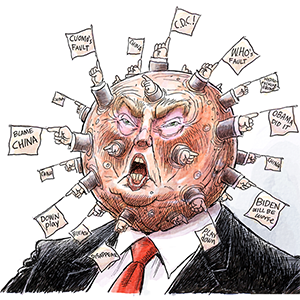
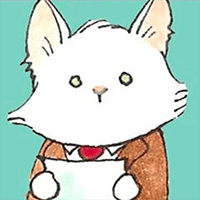
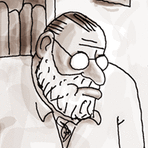

Comments